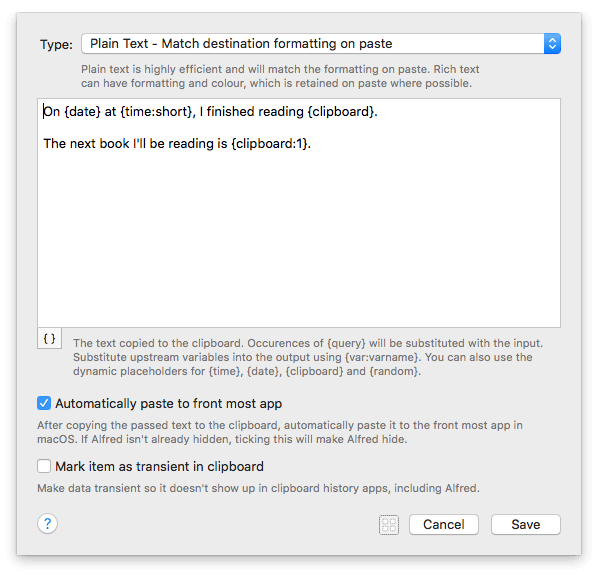

The Clipboard API also provides a distinct read() method, which is used to read arbitrary data rather than plain text, and it works similarly to the previous readText() function, but can read arbitrary data. Once you have the 'clipboard-read' permission from the Permissions API, you can.

This lets you access the data in the clipboard without pasting it into an editable element. This does assume that the richTextInputId element supports rich text itself. The Clipboard API's () and () methods let you read arbitrary text or binary data from the clipboard in secure contexts. Once you have this open you can run some tests like copying text inside Google Docs, from a website, or from an e-mail.

The whole process can be simplified down to a button (or other element) that triggers the code! You could also do this on the page load, but it's generally advisable to be conservative when it comes to interfacing automatically with the user and performing actions that affect their local machine (like adding something to the clipboard): Copy function copyToClipboard( ) ) Īwait () Locate the MS Word clipboard feature and expand it by clicking the icon. Once you have your keyboard installed and set up, we can try the clipboard. The clipboards in these two apps work very similarly. Note: Unless you're on localhost, the new Clipboard API will only work if your website is hosted over a secure domain ( HTTPS). Two popular choices are Google’s Gboard and Microsoft’s SwiftKey.


 0 kommentar(er)
0 kommentar(er)
